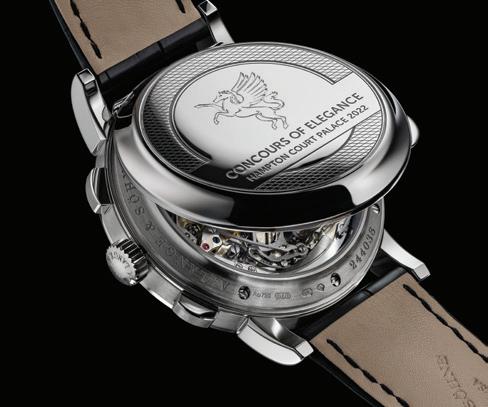
6 minute read
HUBLOT: ON AN UPWARD CURVE
from one
by Nikola Mojic
Hublot has consistently stayed ahead of the curve thanks to its sound brand values
Hublot is one of the most sought-after luxury watch brands in existence today. This is particularly true for younger watch enthusiasts, who are drawn to its bold and sporty designs. The LVHM subsidiary has been on a consistent upward trajectory in the past two decades, thanks to its adherence to the core philosophies established by its former CEO and Chairman Jean-Claude Biver.
Hublot’s formula for success has two key components. On the innovation side, it is driven by its “Art of Fusion” philosophy. On the marketing side, it is driven by its customer-centric strategy. Together, these two drivers have been the guiding framework for the Swiss brand’s leadership team.
The first watch to bear the Hublot name made its debut at the 1980 Basel Watch Fair. It was unlike anything on offer at the time. The case was round with a flat bezel held together by 12 titanium screws. It resembled the porthole of a ship, and thus, named Hublot - the French word for porthole. The case was constructed in gold and, for the first time in the watch industry, was paired with a natural rubber strap, which took around three years of research to perfect.
The watch’s fresh design and unexpected combination of materials - gold with rubber - made it a commercial success. Its sales exceeded USD two million in the first year. The “porthole” case design became a hallmark of the brand, and the bold move to mix and match unusual materials evolved into its “Art of Fusion” philosophy under Biver’s leadership.
Biver was already a towering figure in the Swiss watchmaking industry when he became Hublot’s CEO in 2004. Less than a year later, he oversaw the successful launch of the Big Bang Gold Ceramic, from which came the brand’s core Big Bang collection.
Since then, Hublot has launched five other collections - Classic Fusion, Spirit of Big Bang, Manufacture Piece, Techframe and King Power. These timepieces have been powered by movements ranging from the most pared-back to the most complicated - chronograph, tourbillon, minute repeater, GMT, and others. On the material side, the band has accrued an impressive portfolio of exclusive and rare materials.
These include in-house innovations such as King Gold - an exclusive Hublot gold containing 5% platinum; Magic Gold - a scratch-resistant 18-carat gold; and Hublonium - a brand new alloy of aluminium and magnesium. Other exotic materials used over the years include sapphire, gold-crystal, coloured ceramic, carbon fibre, tungsten, titanium, gold, platinum, rubber, precious stones, linen, embroidery, leather, and texalium, among others.
To deliver a consistent flow of innovation, Hublot has sought to accomplish as much of its R&D and manufacturing in-house. In 2012 Hublot built its own foundry to innovate in metallurgy, and delivered some of the brand’s metal-based standouts such as the aforementioned Magic Gold, King Gold and Hublonium. That same year, Hublot also acquired the Swiss firm Profusion, which specialises in manufacturing carbon fibre components.
When Hublot presented the Big Bang Unico Sapphire All Black at the 2016 Baselworld, it announced to the world that it had mastered another material that is notoriously difficult to work with. The watch had a case made entirely from smoked sapphire crystal. Several other colourful and colourless iterations have followed.
Hublot’s “Art of Fusion” philosophy extends into its collaborations with other brands and artists. The best example of this is Hublot’s collaboration with Parisian shoemaker Berluti, which gave us the Classic Fusion Berluti. This limited edition watch was dressed from the dial to the strap in Berluti’s iconic Venezia leather. Meanwhile, Hublot adorned its dials with the same living material through a complex, delicate process that required the natural constituents of the leather to be neutralised. Two years later, their second collaboration gave us the Classic Fusion Tourbillon Berluti, in Scritto King Gold or All Black versions.
The “Hublot Loves Art” campaign, which covers the brand’s collaborations with artists, may be considered an extension of the “Art of Fusion” philosophy. In addition to supporting and partnering with creative individuals from a broad spectrum - gastronomy, music, painting, street art and photography - Hublot’s collaboration with artists has produced some horological gems.
The iconic Classic Fusion Aerofusion Chronograph Orlinski, a geometric masterpiece in blue ceramic, is the result of a collaboration with celebrated French artist Richard Orlinski. Another collaboration with Swiss tattoo artist Maxime Plescia-Buchi is now in its seventh year, and has produced several collectables. The latest being the three limited editions of the Big Bang Sang Bleu II - in Magic Gold, Black Ceramic and Green Ceramic.
Hublot’s “Art of Fusion” was conceived and implemented by Biver to give the brand a distinct identity and approach to watchmaking. In a similar vein, the brand’s “go where potential customers can be found” marketing strategy was conceived to gain from untapped potential.
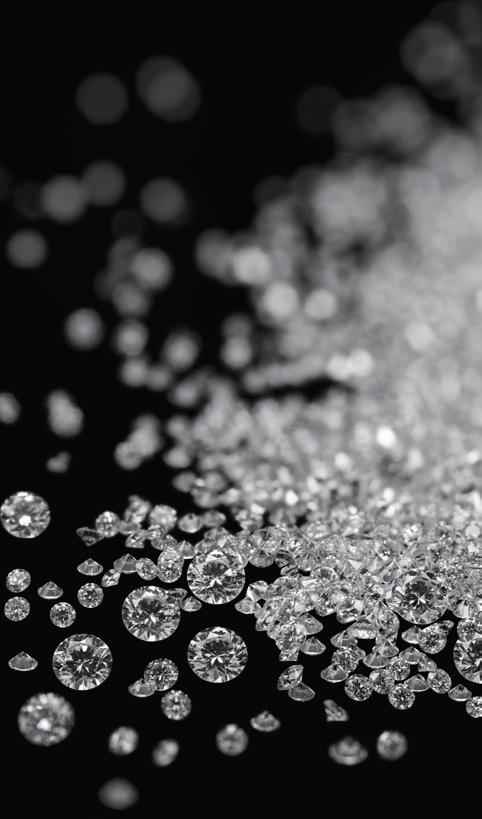
Hublot became the first luxury brand to tap into the massive marketing potential of football. It began in 2006 with the Swiss national team. In 2010, Hublot became FIFA’s first ever Official Watch and Official Timekeeper, along with involvements in the World Cup in South Africa, Brazil and Russia, and the Confederations Cup. Hublot will also be at the tournament in Qatar this year.
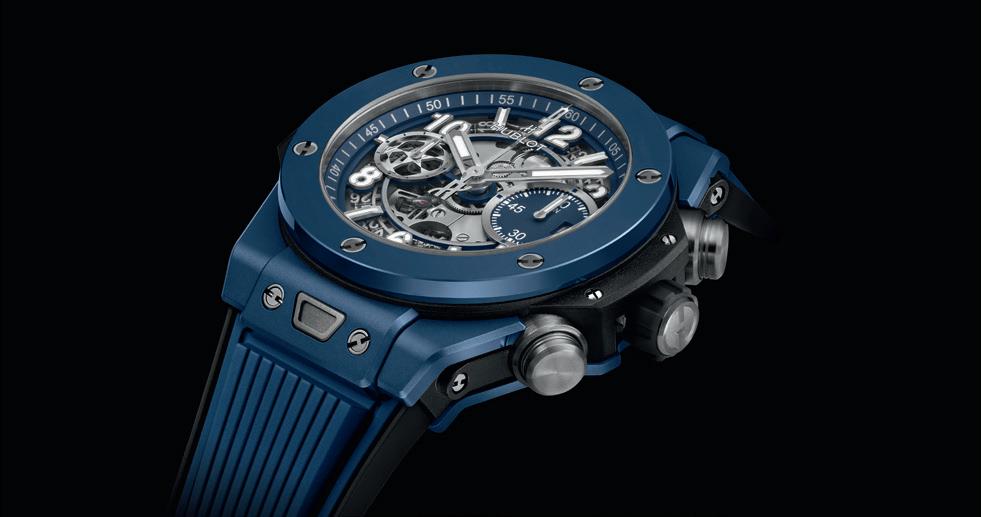
There have been associations with UEFA’s Euros, Champions League and Europa League, as well as the Premier League. The 2016 “Match of Friendship” was one for the history books. The two teams in this five-a-side match were managed by Hublot brand ambassadors Pelé and Maradona. Featuring football legends - Ferdinand, Hierro, Dida, Crespo, Bebeto Trezeguet, Peruzzi, Ferrara, Materazzi and Seedorf - the game had no winners but resulted in a EUR 20,000 cheque for the UEFA Foundation for Children.
The brand also has a strong link to the golfing world, by partnerships with Dustin Johnson and Top Golf; the world of sailing with its ambassador Alan Roura and the Hublot Sailing team; in polo, with the Hublot Polo Gold Cup Gstaad, and many more. Under the leadership of Ricardo Guadalupe, Hublot’s current CEO, Hublot continues to build on this heritage. Thus, through a combination of sound, clearly defined brand principles that deliver exceptional products and brand differentiation, and a leadership committed to those principles, Hublot has become one of the most recognisable and desirable watch brands in the market today.
One For The Youth
A. Lange & Söhne has created a one-off 1815 Chronograph to be auctioned for charity
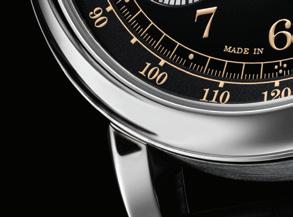
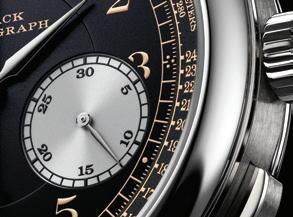
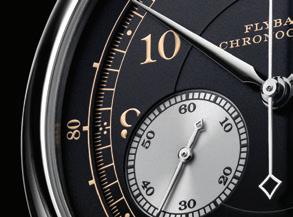
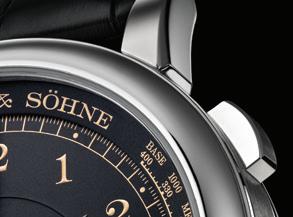
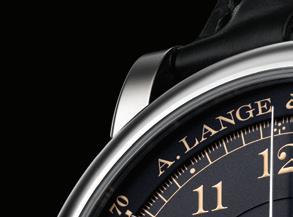
This year marks the tenth anniversary of the Concours of Elegance, in which Great Britain’s most noble automobile clubs present the best of their high-calibre motorised masterpieces. This year’s event will take place from 2nd to 4th September on the grounds of Hampton Court Palace on the outskirts of London.
















A. Lange & Söhne has been a partner of the Concours of Elegance since 2018. At this year’s event, the Saxon manufactory will present a one-of-a-kind version of the 1815 Chronograph. This watch will be auctioned off on 6th November 2022 at the Geneva Watch Auction XVI by Phillips in Association with Bacs & Russo on 6th November. The proceeds from this sale will go to The Prince’s Trust, a youth charity set up by HRH The Prince of Wales.
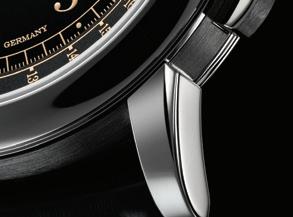
Since its introduction in 2004, the 1815 Chronograph has championed the alliance between classic design and progressive technology. Its design is focused on optimised legibility. Thus, the dial with Arabic numerals, the railwaytrack minute scale, and the slightly shifted subsidiary dials are reminiscent of Lange’s historic pocket watches.

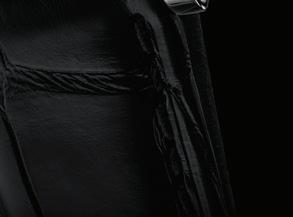
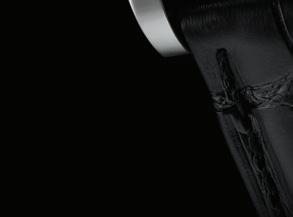

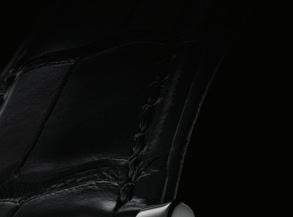


Crafted explicitly for this year’s Concours of Elegance, the 1815 Chronograph “Hampton Court Edition” stands out with a unique combination of features. For the first time, a white-gold case meets a black dial with sandstonecoloured numerals and scales. The tachometer scale on the peripheral – which enables the calculation of average speeds – emphasises the historical connection between motorsport and time measurement.
The rhodié-coloured subsidiary dials for the small seconds and the minute counter contrast well with the black dial. Good legibility is also assured by the rhodium-coated casematched gold hands for the hours and minutes, as well as by the rhodium-coated steel hands for the chrono seconds, the subsidiary seconds, and the minute counter. The elegance of the concept is accentuated with a black hand-stitched alligator leather strap that is secured with a prong buckle in solid white gold.
The selection of one of the most beautiful flyback chronographs for the “Concours Edition” also builds a bridge between motorsport and time measurement. The hinged cuvette, hand-engraved with the logo of the Concours of Elegance, conceals the Lange calibre L951.5 movement launched in 2010. It is assembled twice and features a column-wheel control, a precisely jumping minute counter, and a flyback function.
The manually wound calibre has a power reserve of 60 hours. A large cam-poised balance wheel driven by a freely oscillating hairspring crafted in-house assures excellent rate accuracy. With its frequency of 18,000 semi-oscillations per hour (2.5 hertz), the watch displays stopped times to an accuracy of one-fifth of a second.
The sapphire-crystal caseback reveals the lavishly handfinished chronograph mechanism. A subtly composed choice of different materials and surface decorations emphasises the three-dimensionality of the open-movement architecture. This highlights the details of the complex switching processes as well as the artistically hand-engraved balance cock with Lange’s iconic whiplash spring.
Thanks to its floral motif, this small but magnificently decorated part of the movement makes every Lange timepiece recognisable – the engraver’s personal signature also makes the 1815 Chronograph a unique piece.
